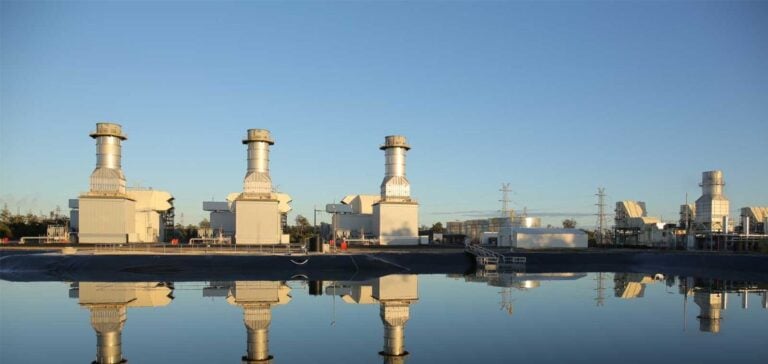Shell and PetroChina, partners in the Arrow Energy joint venture, are advancing the development of Phase 2 of the Surat gas project in Queensland, Australia.
This new stage will see the addition of a further 450 production wells, on top of the 600 already established in Phase 1.
The aim is to strengthen the supply of natural gas to the QCLNG LNG (liquefied natural gas) complex, a key Shell-operated facility on Curtis Island.
The gas sales agreement, established in 2017 for a 27-year term, forms the foundation of this expansion.
It aims to support LNG demand on Australia’s east coast, where the QCLNG complex met 15% of requirements in 2023.
The gas extracted from the Surat Basin, which feeds this infrastructure, plays a central role in the region’s energy supply.
Optimizing return on investment and growth strategy
The investment in this phase of the project is calculated to exceed expectations in terms of internal rate of return (IRR) for Shell’s integrated gas segment.
This commitment is in line with Shell’s strategy to grow its LNG business by 20-30% by 2030, compared with 2022 levels.
At the 2023 Capital Markets Day, Shell outlined its growth ambitions, notably through increasing LNG liquefaction volumes by 25-30% over the next few years.
The global LNG market is booming, with demand forecast to increase by over 50% by 2040.
This growing need is particularly marked in Asia, where industries are gradually switching from coal to natural gas to reduce their environmental impact.
As a cleaner energy source, natural gas is seen as an essential vector for industrial decarbonization and the reduction of greenhouse gas emissions.
LNG’s role in the global energy transition
By supporting this expansion, Shell aims to strengthen its position in the global energy market, while meeting environmental requirements.
The flexibility offered by LNG is also crucial for stabilizing power systems, to complement the rapid growth of renewable energies.
The Surat project, scheduled for commissioning in 2026, is strategically positioned to meet these challenges, supporting both growing energy demand and global efforts to transition to more sustainable energy sources.






















